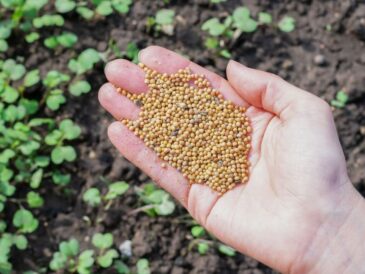Step-by-Step Guide to Building a Keyhole Garden
1. Choose a Location
• Select a sunny spot with good drainage. Most vegetables and plants grow best with 6–8 hours of sunlight.
2. Plan the Size
• Keyhole gardens are typically 6 feet in diameter, with the central compost basket about 1 foot wide. Adjust dimensions to fit your needs.
3. Prepare the Base
• Clear and level the ground. Lay down cardboard or layers of newspaper to suppress weeds.
4. Build the Walls
• Use materials like stones, bricks, cinder blocks, or wood to create a circular wall about 2–3 feet high. Leave a wedge-shaped notch extending from the outer edge to the center to form the “keyhole.”
5. Create the Compost Basket
• Place a mesh cylinder, like chicken wire or woven sticks, in the center of the garden. This will serve as the compost bin.
6. Layer the Bed
• Add materials in the following order:
• Bottom Layer: Coarse organic materials like sticks, branches, or straw for drainage.
• Second Layer: Green waste such as grass clippings and leaves.
• Top Layer: A thick layer of nutrient-rich soil or compost.
7. Fill the Compost Basket
• Add kitchen scraps, shredded paper, and other compostable materials to the central basket. Keep it moist but not waterlogged.
8. Plant Your Garden
• Arrange plants around the compost basket, starting with taller plants toward the center and smaller ones toward the edges for optimal sunlight exposure.
9. Water and Maintain
• Water the compost basket, allowing moisture to distribute to the surrounding soil. Regularly add organic matter to the compost basket and check soil moisture.
10. Harvest and Replenish
• As plants grow, harvest produce and replenish compost materials to maintain soil health.Keyhole gardens are low-maintenance, productive, and sustainable. They are an excellent option for gardeners looking to maximize yields with minimal resources.
Pages: 1 2




